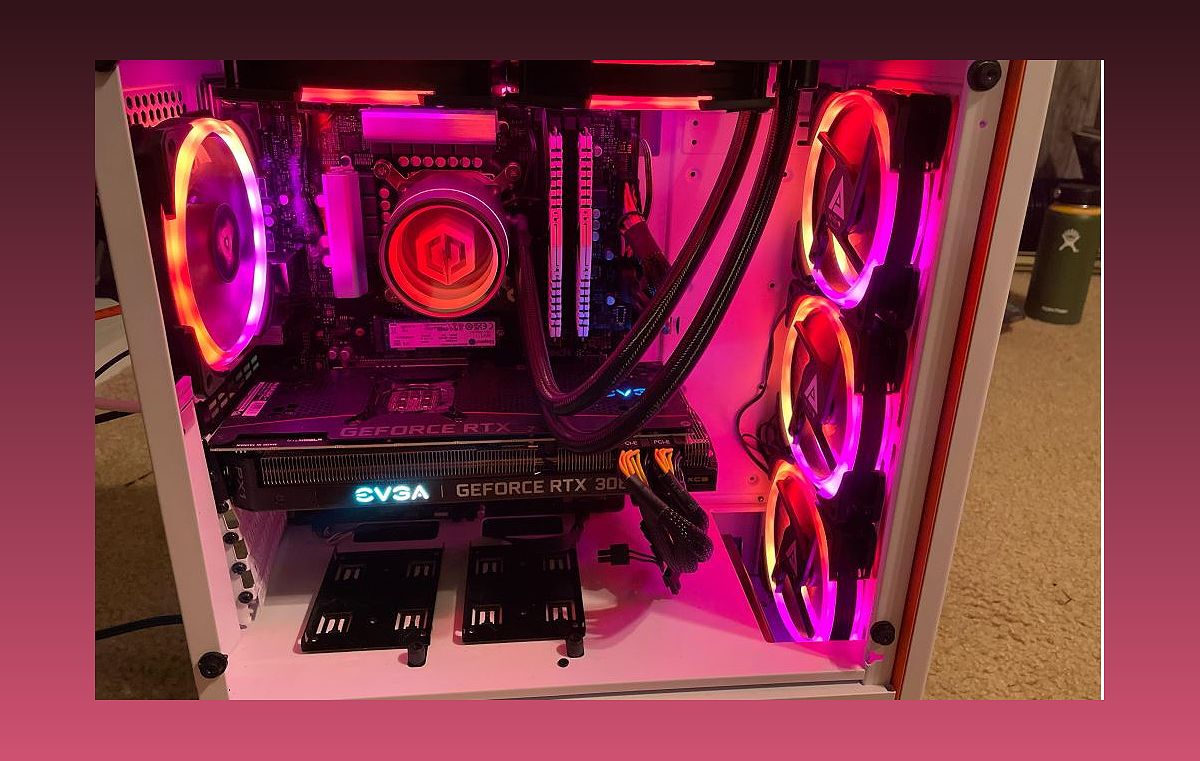As the frosty nights and chilly mornings set in, the extra heat generated by a gamer PC can be a welcome addition to your home. But can it truly replace a radiator? In this article, we delve into the heating potential of gamer PCs and their ability to warm up a room. While the answer is not a simple yes or no, we'll explore the factors that come into play, such as the hardware configuration and room size. Join me, Emily Thompson, as we uncover the truth behind the heating capabilities of gamer PCs and whether they can provide a viable alternative to traditional radiators.
The Heating Potential of Gamer PCs
Exploring the ability of gamer PCs to generate heat and warm up a room.
Gamer PCs, equipped with powerful hardware and used intensively, can indeed generate a significant amount of heat. Modern processors, graphics cards, and other components contribute to the heat generation. However, it is important to note that heating is not the primary function of a gamer PC, so expectations should be managed accordingly.
A gamer PC can emit a noticeable amount of heat, especially in a smaller room. The heat generation depends on factors such as the configuration of the system, the size and insulation of the room, and the ventilation and heat dissipation of the computer. Proper airflow and cooling systems are essential to prevent overheating.
While a gamer PC can add a few degrees to the room temperature, it is not a substitute for a dedicated heating system. It is recommended to use additional heating solutions if necessary and to avoid placing the gamer PC near heat sources such as heaters or fireplaces.
Factors Affecting Heat Generation
Understanding the key factors that influence the amount of heat emitted by a gamer PC.
The heat emitted by a gamer PC varies depending on the configuration of the individual components. The processor, graphics card, power supply, and other components all contribute to the heat generation. Each component has a Thermal Design Power (TDP) value, which indicates how much heat it dissipates.
For example, a powerful gaming system with a high-end processor and graphics card can have a TDP of several hundred watts. However, it is important to note that the TDP value does not directly correlate with the actual power consumption or the temperature increase in the room.
Usage habits and the specific system setup also play a role in heat generation. Intensive tasks such as gaming or running computationally demanding applications can increase the heat output of the system. Efficient cooling systems are crucial to prevent overheating and maintain optimal performance.
Measuring the Heating Impact
Examining experiments and real-world tests to determine the heating impact of gamer PCs.
While there is no definitive answer to how much a gamer PC can heat up a room, experiments and tests have provided some insights. In one experiment, a gamer PC operating continuously for at least 12 hours raised the temperature of a 3.5 x 5-meter room by approximately 4 degrees Celsius.
Another test compared the heating capabilities of a gamer PC with a high-end graphics card to that of an electric radiator. Both devices were able to raise the room temperature by 6.5 degrees Celsius within a couple of hours. These experiments highlight the significant heat generation potential of gamer PCs.
However, it is important to consider that these results can vary depending on factors such as room size, ventilation, and the specific hardware configuration of the gamer PC.
Optimizing Heat Dissipation
Tips for ensuring proper heat dissipation and ventilation for gamer PCs.
To prevent overheating and maximize the heat dissipation of a gamer PC, it is crucial to ensure proper ventilation and airflow. Here are some tips:
1. Positioning:
Place the gamer PC in a well-ventilated area, away from heat sources and obstructions. Avoid placing it near radiators, stoves, or fireplaces.
2. Cooling Systems:
Invest in efficient cooling systems such as fans, heat sinks, or liquid cooling solutions. Regularly clean and maintain these components to ensure optimal performance.
3. Airflow Management:
Arrange cables and components inside the PC case to promote proper airflow. Use cable management solutions to keep cables organized and prevent blockages.
4. Room Ventilation:
Ensure that the room itself has adequate ventilation. Keep windows open or use fans to promote air circulation.
By following these tips, you can optimize heat dissipation and maintain the performance and longevity of your gamer PC.
Conclusion
Understanding the heating potential of gamer PCs and their limitations.
While a gamer PC can generate a significant amount of heat, it is not a replacement for a dedicated heating system. The primary function of a gamer PC is to deliver high-performance gaming experiences, and heat generation is a byproduct of that process.
Proper ventilation, cooling systems, and room management are essential to prevent overheating and maintain optimal performance. If you're relying solely on a gamer PC for heating, it is recommended to have additional heating solutions in place.
Ultimately, the heating potential of a gamer PC depends on various factors, including the hardware configuration, room size, and usage habits. By understanding these factors and taking necessary precautions, you can enjoy the benefits of a powerful gaming system without compromising on comfort.

